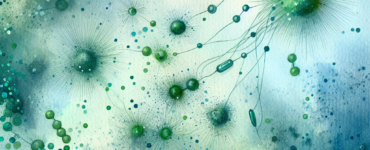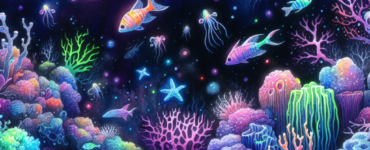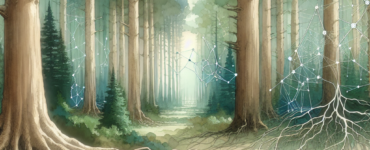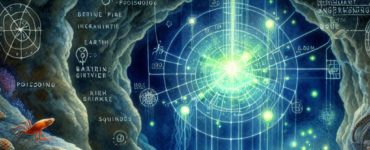Have you ever wondered what happens to all the plastic that disappears down our drains? A significant portion of this plastic comes from microbeads, those tiny particles found in many personal care products like face washes and toothpaste. Surprisingly, these minuscule plastics have become a big problem for our oceans and the creatures that call them home1.
Plastic microbeads can easily pass through water filtration systems due to their small size, ending up in rivers, lakes, and ultimately, the oceans. Once there, they can have disastrous effects on marine life. Fish and other sea creatures often mistake these beads for food, leading to malnutrition or even starvation as the plastic accumulates in their bodies2.
The persistence of microbeads in the environment is another concern3. These plastics do not biodegrade; instead, they break down into smaller and smaller pieces, becoming microplastics that can persist in the environment for hundreds of years. This enduring presence increases the chance of being ingested by marine life, thus infiltrating the food chain and potentially impacting humans who consume seafood4.
Awareness of the issue has led to some positive changes. Many countries have introduced bans on microbeads in personal care products. For example, the United States passed the Microbead-Free Waters Act in 2015, prohibiting the manufacturing and sale of personal care products containing plastic microbeads5. Other countries, including the United Kingdom and Canada, have enacted similar laws to curb the flow of microbeads into aquatic ecosystems.
Despite these efforts, microbeads continue to pose a risk to our oceans due to the vast amounts that have already entered the water systems and the presence of other sources of microplastics6. Education and advocacy are crucial in tackling this problem. Consumers can make a difference by choosing products without microplastics and by supporting organizations that work to clean up our oceans.
Protecting our oceans from plastic pollution requires persistent effort and global cooperation. By staying informed and making conscious choices, we can help safeguard these vital ecosystems for future generations. Let’s embrace our role in preserving the beauty and diversity of our blue planet.
- https://www.sciencedirect.com/science/article/pii/S1687428522000218 [↩]
- https://www.nationalgeographic.com/magazine/article/microplastics-impact-on-fish-shown-in-pictures [↩]
- https://enveurope.springeropen.com/articles/10.1186/s12302-015-0069-y [↩]
- https://www.bbc.co.uk/news/science-environment-59898988 [↩]
- https://www.congress.gov/bill/114th-congress/house-bill/1321 [↩]
- https://www.nationalgeographic.org/encyclopedia/microplastics/ [↩]





































Add comment